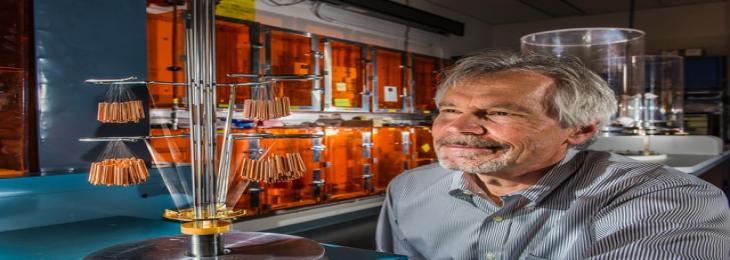
Physicists have used feedback freezing, including laser light, to bring individual atoms and lightweight objects to their quantum ground states, as well as attempting to super-cool larger items to explore quantum effects in larger, conventionally classical systems.
Most static objects appear to be like that and entirely at rest—to the human eye. It was an apple resting peacefully on a desk that would look like a dense cluster of biocomposites, very much in motion, if an individual were given a quantum lens that allowed them to perceive objects at the scale of individual atoms.
Physicists have developed methods to super-cool materials to the point that their atoms are nearly stationary, or in their "motional ground state," in the previous several decades. Physicists have so far succeeded in putting small objects into such pure quantum states, such as clouds of millions of atoms or nanogram-scale structures.
For the first time, scientists from MIT and other institutions have chilled a massive, human-scale object to a motional ground state. The thing isn't tangible in the sense that it's in one place; rather, it's the motion of four independent objects, each weighing around 40 kilos.
The researchers used the Laser Interferometer Gravitational-wave Observatory's (LIGO) ability to monitor the motion of the masses with great accuracy to calm the masses' collective motion of 10 Nano kelvins which is reluctant of the object's estimated ground state to 77 Nano kelvins.
According to the researchers, they now have the opportunity to investigate the gravitational influence on a huge quantum item. As a result of the several communications that atoms have, some method of motion. The temperature of an objective reflects all of this random motion. When an object is chilled to near-zero temperatures, it retains quantum motion, which is referred to as the "motional ground state."
An equal and opposite force can be used to stop an object in its tracks. For example, imagine using the force of the glove to stop a baseball in mid-flight. Thus, scientists can apply to counteract pressures to bring down an atom's temperature if they can precisely determine the size and direction of its movements and a process is known as feedback cooling.






